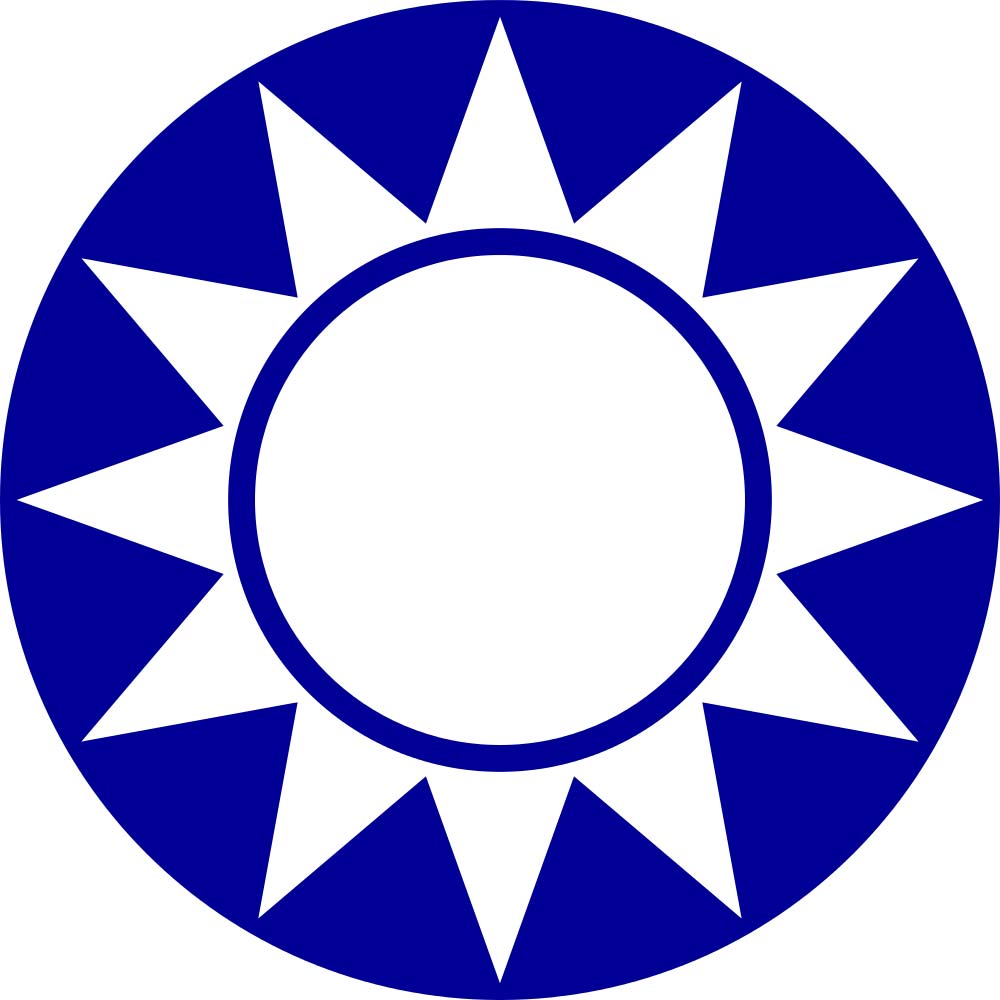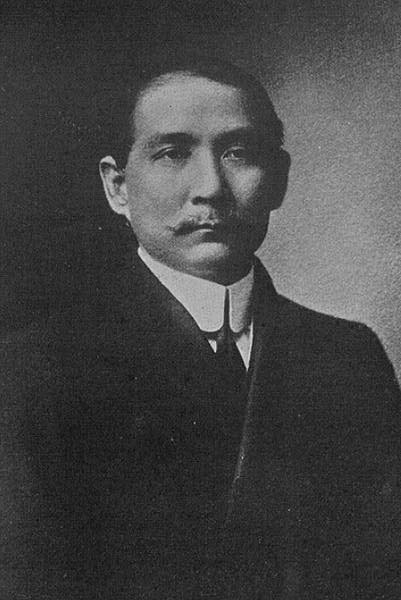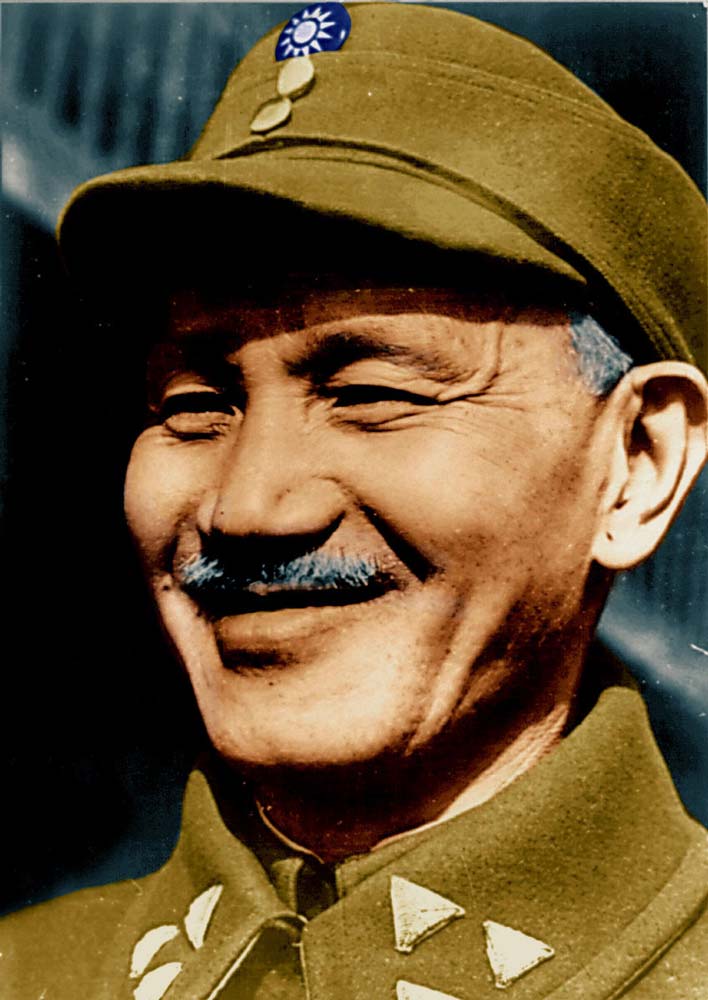 The Kuomintang (KMT), which was a Chinese political party, ruled China from 1927 to 1948 before it moved to the island of Taiwan. The party’s name is translated as the “National People’s Party of China,” and it referred generally to Chinese nationalists. Sun-Yat-Sen established the party in 1912, and it was eventually dissolved in 1913. However, the party was reformed and led by Sun-Yat-Sen once again in 1919, and it became as China’s ruling party. After the death of Sun-Yat-Sen, Chiang Kai-Shek dominated the party between 1927 and 1975. Although the party lost against the communist party during the civil war, the KMT gained control of Taiwan, and it remains as the main political party of China that is stationed in Taiwan.
The Kuomintang (KMT), which was a Chinese political party, ruled China from 1927 to 1948 before it moved to the island of Taiwan. The party’s name is translated as the “National People’s Party of China,” and it referred generally to Chinese nationalists. Sun-Yat-Sen established the party in 1912, and it was eventually dissolved in 1913. However, the party was reformed and led by Sun-Yat-Sen once again in 1919, and it became as China’s ruling party. After the death of Sun-Yat-Sen, Chiang Kai-Shek dominated the party between 1927 and 1975. Although the party lost against the communist party during the civil war, the KMT gained control of Taiwan, and it remains as the main political party of China that is stationed in Taiwan.
The Founding of the Kuomintang Party of China
Sun-Yat-Sen founded the KMT party in 1912, and the political organization helped in promoting the great ideals of modernization along the Western lines. Furthermore, the party performed a significant role in the first national assembly in China, where it served as the major party. When the KMT failed to gain total control, the leadership was passed to Yuan Shikai, which was his reward for his contribution in the revolution. However, he abused his authority, and created intense tensions between the other parties. Hence, the party organized a revolution that deposed Yuan. With the KMT’s failure during the revolution, Yuan Shikai eventually made himself China’s emperor.
While in exile, several of the former KMT members including Sun-Yat-Sen founded a number of revolutionary parties that come with several names, although there was hardly any success in their attempts. Then, Sun united these revolutionary parties in 1919, and called the single party the Kuomintang of China. Later on, the newly-formed party returned to Guangzhou in 1920, and it attempted to establish a government without gaining full control of China.
When Yuan Shikai died in 1916, the country was divided into a number of regions that were headed by warlords. In order to strengthen the party, it accepted support and aid from the Soviet Union. Afterwards, the Communist Party of China was motivated to join the KMT, and it formed the United Front. The KMT increased its control and influence from its base in Guangzhou.
The Leadership of Chiang Kai-Shek
When Sun-Yat-Sen died, Chiang Kai-Shek took his place and became the primary figure in the KMT. In 1926, he led the Northern Expedition, which was a military operation that fought against the warlords. He also initiated the “April 12 incident”, which caused the defeat of the communist party of China. However, the success of the Northern Expedition enabled the KMT party to gain supreme power throughout mainland China, except Manchuria. China’s capital was eventually moved to Nanjing so it is closer to the KMT’s strong base in the southern portion of China.
The KMT party was focused on strengthening Chinese identity while discarding the old traditions for the sake of modernity. Hence, the party decided to suppress the release of Modern Chinese History, which was a textbook used by secondary education students. The Nationalists were deeply concerned that the book might weaken the strong foundation of the state. Furthermore, the textbook reflects the greatest fears of the period. By banning the book, it has strengthened the ideological control of the Nationalists. It has also revealed the concerns of the new cultural movement.
Additional Facts
The KMT party traces its roots to the RCS or Revive China Society that was established in 1895. Then, it merged with the Revolutionary Alliance and other anti-monarchist societies formed in 1905. When the Qing dynasty was overthrown in the Xinhai Revolution of 1911, the KMT was established in 1912 at Beijing. Several small groups joined forces in contesting the National Assembly elections.
During that year, Sun-Yat-Sen has just stepped down as the provisional head of China, and he was chosen as the leader with the title “premier of China.” Moreover, Huan Xing was selected as his deputy. Unfortunately, Song Jiaoren, who was the party’s most influential member, mobilized strong support from merchants and gentry for the KMT, which promoted constitutional parliamentary democracy. While the party gained an overwhelming lead in the National Assembly.
Meanwhile, President Shikai began to ignore the parliamentary body as it made presidential decisions. Furthermore, Shikai countered the Constitution and succeeded in assassinating Song Jiaoren in 1913. The members of the KMT also staged the Second Revolution in 1913, which was headed by Sun-Yat-Sen. However, this move was poorly organized and lacked support in the hopes of overthrowing Shikai. Hence, it resulted to the defeat of this revolutionary movement. The KMT was dissolved and most of the party’s member fled to Japan.
In 1915, Yuan Shikai declared himself as China’s emperor in 1915. However, Sun attempted to establish the Revolutionary Party of China, in 1914. Unfortunately, a number of his former comrades in the revolution including Wang Jingwei, Chen Jiongming, Hu Hanmin, and Huang Xing refused to join him in his newly-formed organization. Moreover, Sun-Yat-Sen was immensely sidelined within this new movement during that year.
Eventually, he returned to China and established a government at Guangzhou, which aimed to rival Yuan Shikai’s rule. However, Sun was forced to abandon this government, and he was sent into exile in Shanghai. With renewed support at Shanghai, he succeeded in reorganizing the KMT in 1919, although it carried another name “Chinese Kuomintang”. Sun and the members of the KMT were successfully restored in Guangdong.
In 1923, the members of the KMT party accepted financial aid and support from the Soviet Union since they were denied of recognition by western authorities. Mikhail Borodin, who was a prominent Soviet adviser during that period, was also an agent of the historical “Comintem”. In that same year, he arrived in China and aided the consolidation and reorganization of the KMT party alongside the support of the Soviet Union’s communist party. Borodin also established a Leninist party that lasted until the 1990s. Then, the CCP or Chinese Communist Party was held by the Comintem instructions and cooperated with the KMT. Its members were also encouraged to participate while sustaining their own party identities, and formed the United Front between these two parties.

